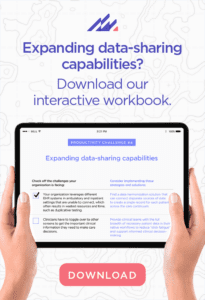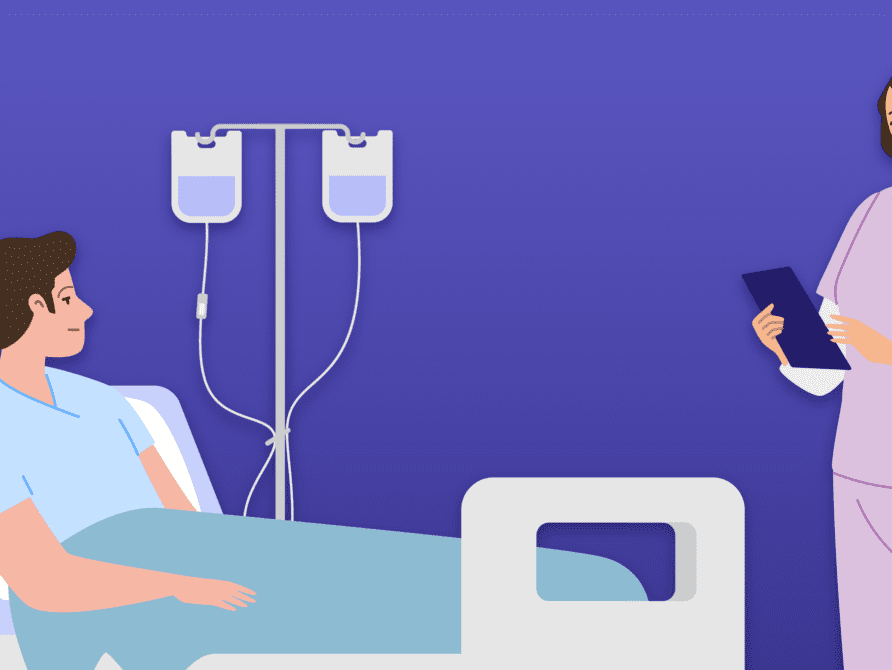Article
Can regulation fix data-sharing shortfalls across healthcare?
Every healthcare organization is unique, but there are several consistent issues that affect hospitals and provider practices of all shapes and sizes. In a KLAS survey of provider organizations, respondents reported that optimizing the patient experience, workforce management and the clinician experience are some of their top challenges, and they had varying degrees of confidence in their ability to make improvements.
There was a fourth challenge that led to a more consistent concern, though: technology and data siloes. Virtually all of the respondents said they felt challenged to address issues related to interoperability and poor integration between different health IT solutions. Further, many mentioned that these issues worsen the current high priority challenges related to staff burnout and talent retention.
This challenge with connectivity and ease of data exchange has been on the mind of policy makers for years, and Congress and regulators have long worked to enact policies aiming to make clinical data accessible and movable with virtually no impediment. Following are a few current and upcoming activities steering healthcare in the direction of greater information-sharing.
 The regulatory road ahead
The regulatory road ahead
Historically, the pace and breadth of the standards development process have hindered information exchange, but the ONC and other groups are trying to change this. In 2020, ONC included within new certification requirements for the software development community the new United States Core Data for Interoperability (USCDI) standard, which standardizes health data classes and constituent data elements. The aim here is to define not only what information flows but how it is presented so a data element means the same thing in different systems. In the time since that release of USCDI version 1, ONC has been moving fast: they will be finalizing version three in August of this year, and in January, a draft version of its fourth iteration was released for comment.
The industry is also seeing progress with the Trusted Exchange Framework and Common Agreement (TEFCA), the government’s framework for nationwide health information exchange among health information networks—HIE-to-HIE connectivity. Recently, HHS approved the first set of Qualified Health Information Networks (QHINs) to implement TEFCA. This is an exciting step toward streamlined connectivity among organizations and centralizing data for public health and other purposes. That said, there is a lot of work ahead before industry stakeholders will feel the benefits of TEFCA, and it is likely ONC will need more funding in order to realize the full potential benefits.
In addition, HHS is making progress on a rule that will lay out enforcement guidelines for information blocking violations and, specifically, the disincentives for providers that interfere with the access, exchange or use of electronic health information (EHI). The rule has been very delayed, but it stands to make a real impact as organizations will soon learn for the first time what penalties they will face for hindering interoperability.
Room for improvement remains
The regulatory activity described here paints a promising picture of how data-sharing could ultimately become easier and more useful to clinicians in the years to come. However, the vision of seamless, nationwide interoperability is not the reality for providers on the ground in the immediate near term.
Are you looking for actionable strategies to improve data-sharing for your providers and other staff members today? Check out our new resource, “Pursuing peak productivity: A workbook for healthcare organizations,” to assess your organization’s data-exchange capabilities and gain insights on ways to improve interoperability. Learn more and download the workbook here.














